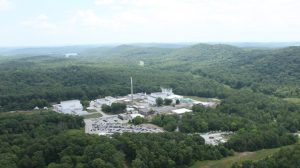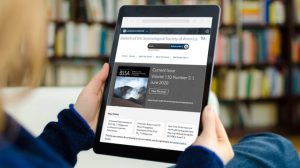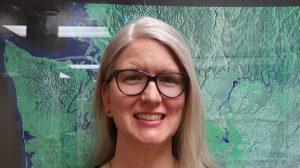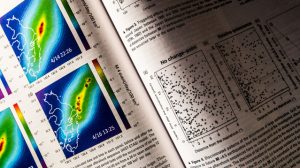Seismological Society of America > News
At its 20 November 2021 meeting, the SSA Board of Directors established the Diversity, Equity and Inclusion (DEI) Committee, a standing committee of the SSA Board of Directors. Preamble SSA recognizes the need to have broader representation and participation from all sectors of society, both in its leadership and its … Continue Reading »

16 March 2022–Seismic and acoustic data recorded 50 meters away from a research nuclear reactor could predict whether the reactor was in an on or off state with 98% accuracy, according to a new study published in Seismological Research Letters. By applying several machine learning models to the data, researchers … Continue Reading »

14 March 2022–Christopher DuRoss of the U.S. Geological Survey, Golden, Adam Ringler of the U.S. Geological Survey, Albuquerque, and Vaclav Vavrycuk of the Institute of Geophysics in the Czech Republic, are the recipients of SSA’s 2021 Outstanding Reviewer awards. In recent interviews, the recipients agreed that reviewing is an essential … Continue Reading »

14 March 2022–As the Regional ShakeAlert Coordinator for the Pacific Northwest Seismic Network, Mouse Marie Reusch often fields questions about earthquake early warning from the public. “For earthquake early warning, a big misconception is that it’s prediction, and it’s not,” Reusch explained. “An earthquake has already started somewhere, and we’re … Continue Reading »

9 March 2022–Papers on distributed acoustic sensing (DAS) and machine learning techniques were among the topics covered by the top 20 most-downloaded papers published by the SSA family of journals in 2021. The ranking of all papers noted below reflect download numbers through 31 December 2021: Y.J. Tan et al., … Continue Reading »

9 March 2022–Papers on distributed acoustic sensing (DAS) and machine learning techniques were among the topics covered by the top 20 most-downloaded papers published by the SSA family of journals in 2021. The ranking of all papers noted below reflect download numbers through 31 December 2021: Y.J. Tan et al., … Continue Reading »





